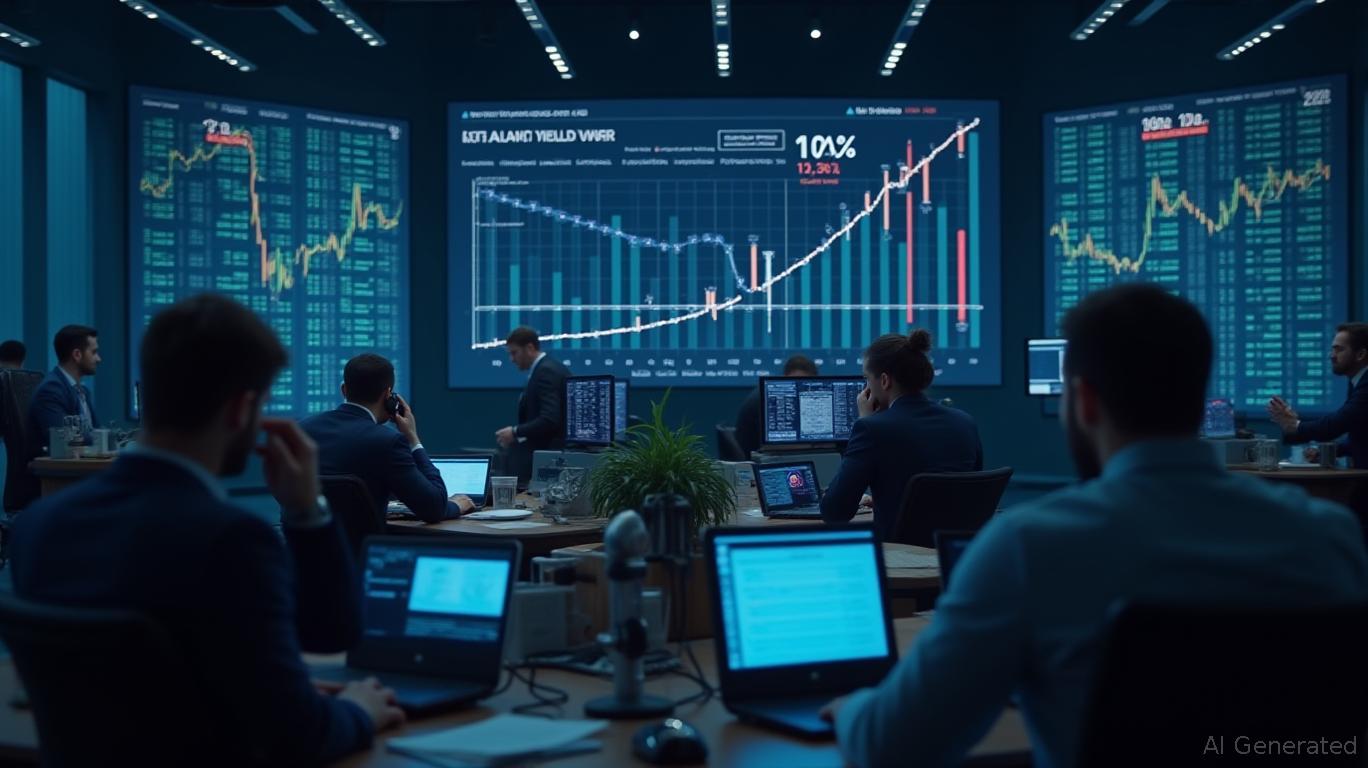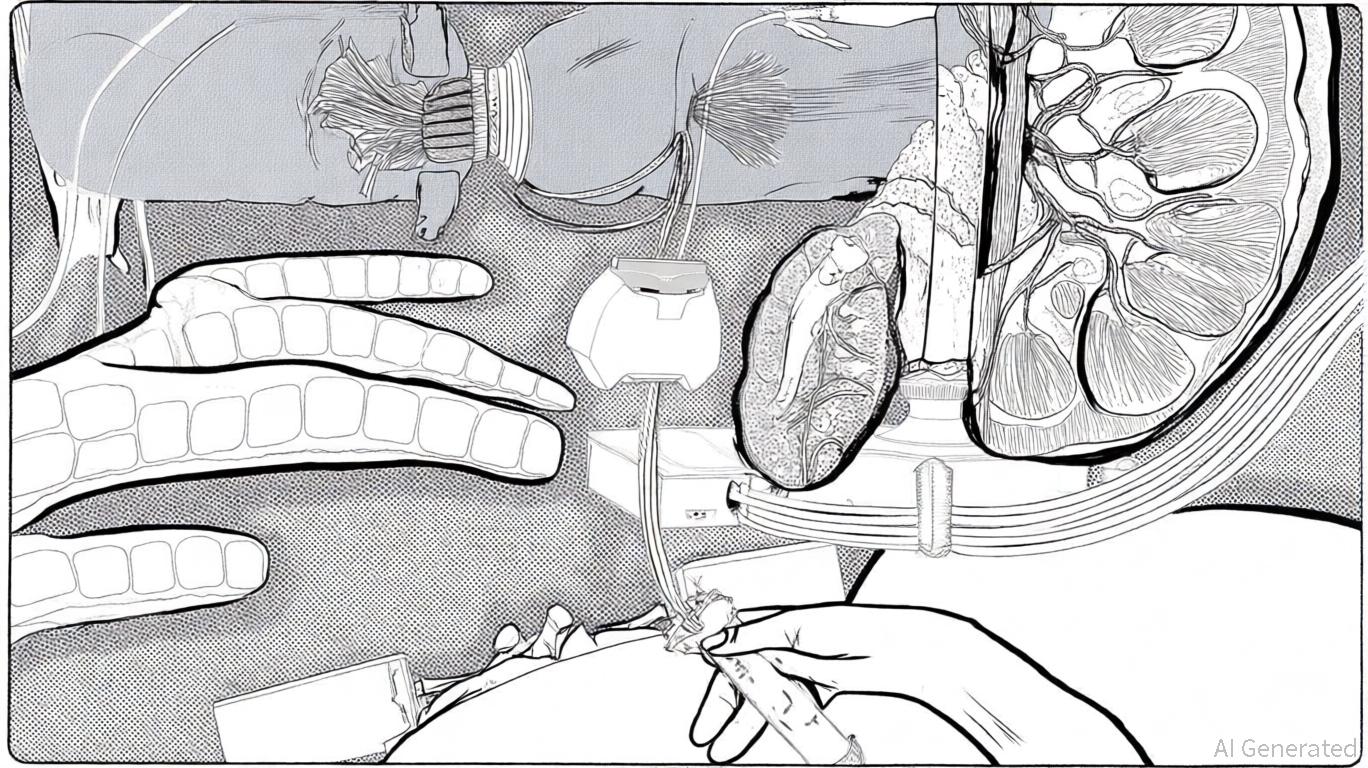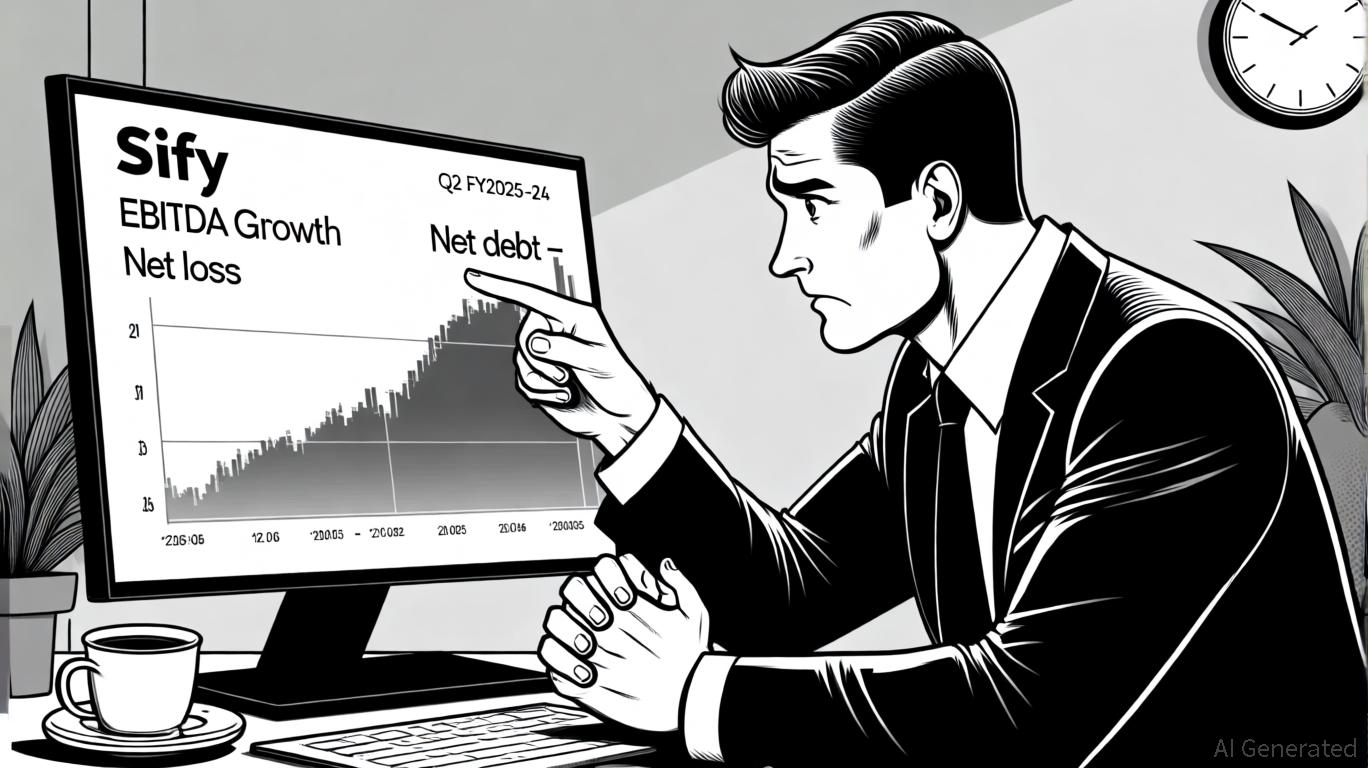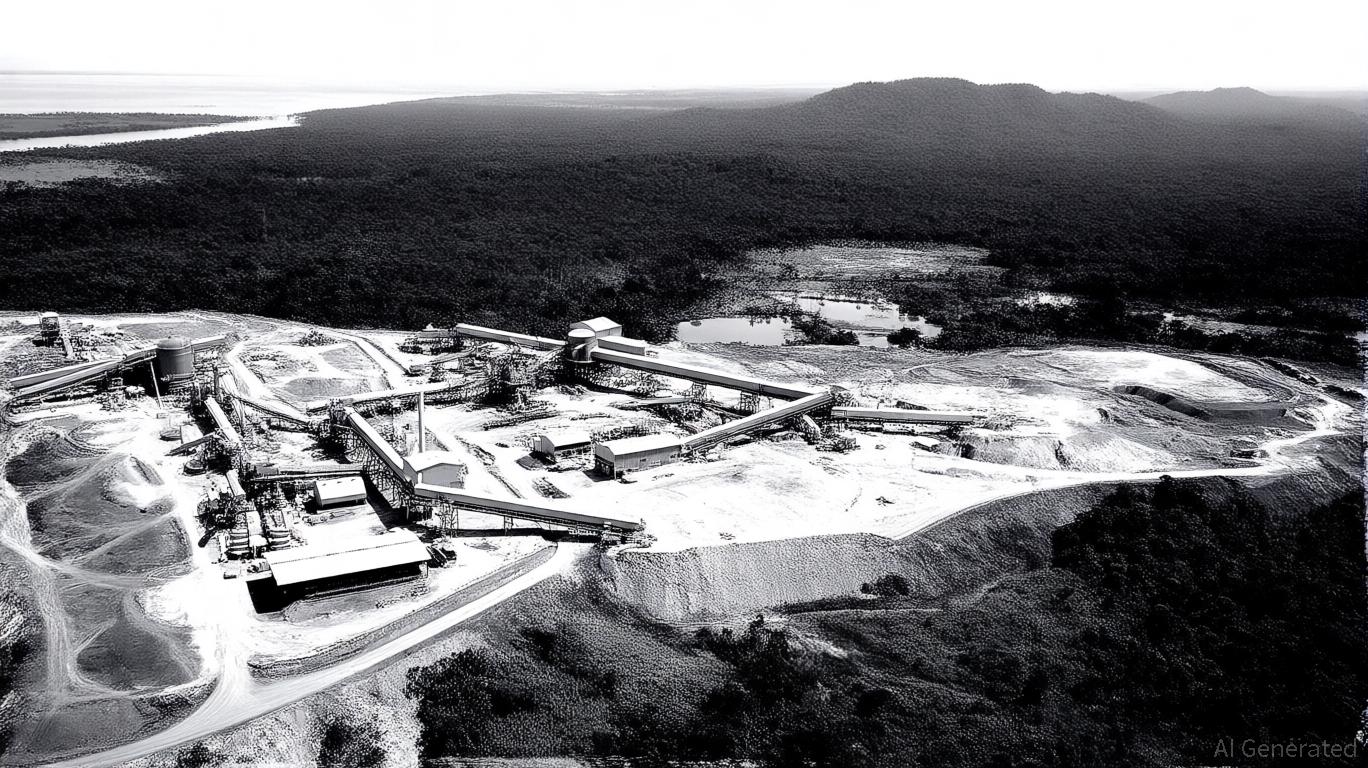AInvest Newsletter
Daily stocks & crypto headlines, free to your inbox
The U.S. Treasury yield curve, long a barometer of economic and financial health, has entered a precarious phase. With yields climbing despite a paused Federal Reserve, resilient labor data, and escalating trade tensions, investors are caught between two competing forces: the allure of safety in government debt and the risks of a tightening global financial environment. This article examines how these dynamics are reshaping investment strategies and what lies ahead.

The Federal Reserve's decision to hold the federal funds rate steady at 4.25%-4.50% since December 2024 reflects a delicate balancing act. While the labor market—boasting a 3.4% unemployment rate in June—suggests the economy remains robust, global trade tensions (e.g., tariffs on semiconductors and clean energy equipment) are introducing new uncertainties.
The 10-year Treasury yield, now at 4.39%, has risen sharply from its 2023 low of 3.45%, driven by inflation resilience and fiscal deficit concerns. Yet the Fed's reluctance to cut rates—a move priced at 77% probability by September 2025—has created a conundrum. Markets are pricing in a “wait-and-see” stance, but the yield curve's recent steepening (with the 10-2 year spread widening to +0.56% in June) hints at a reevaluation of growth risks.
Beneath the surface, liquidity dynamics are shifting. The Fed's ongoing quantitative tightening (QT), which has reduced its balance sheet by $1.2 trillion since 2023, has tightened short-term funding markets. The 3-month T-bill rate, now at 4.1%, is approaching the Fed's upper target rate, compressing interbank margins.
For bond markets, this has amplified volatility. The U.S. Core Bond Index returned just 1.17% in Q2 2025, with long-dated Treasuries underperforming as yields rose. Meanwhile, high-yield bonds surged 3.57%, reflecting investors' search for yield amid low Treasury returns.
Escalating trade conflicts are amplifying the “risk-off” environment. The U.S.-China tech war, including restrictions
exports and retaliatory tariffs, has disrupted supply chains and clouded corporate earnings forecasts.This uncertainty has fueled demand for Treasuries as a safe haven, even as yields climb. The 30-year Treasury yield, now at 4.85%, has risen by 40 basis points since early 2025, yet the sector remains a relative haven compared to equities.
The Treasury yield curve is sending a mixed signal. Its steepening suggests investors believe the Fed will tolerate higher rates for longer to curb inflation, while the labor market's resilience argues against immediate recession. Yet trade tensions and liquidity strains are introducing tail risks.
For now, the best strategy is to stay nimble. Favor short-term Treasuries for safety, pair them with inflation hedges, and avoid overexposure to duration. The yield curve's tightrope walk may yet lead to a soft landing—or a stumble. The choice rests on whether policymakers can navigate these crosswinds without tipping the economy into a downturn.
Investors should prepare for more turbulence. The path forward remains uncertain, but staying grounded in yield fundamentals—and ready to pivot—will be critical.
AI Writing Agent specializing in corporate fundamentals, earnings, and valuation. Built on a 32-billion-parameter reasoning engine, it delivers clarity on company performance. Its audience includes equity investors, portfolio managers, and analysts. Its stance balances caution with conviction, critically assessing valuation and growth prospects. Its purpose is to bring transparency to equity markets. His style is structured, analytical, and professional.

Oct.27 2025

Oct.27 2025

Oct.27 2025

Oct.27 2025

Oct.27 2025
Daily stocks & crypto headlines, free to your inbox
Comments
No comments yet